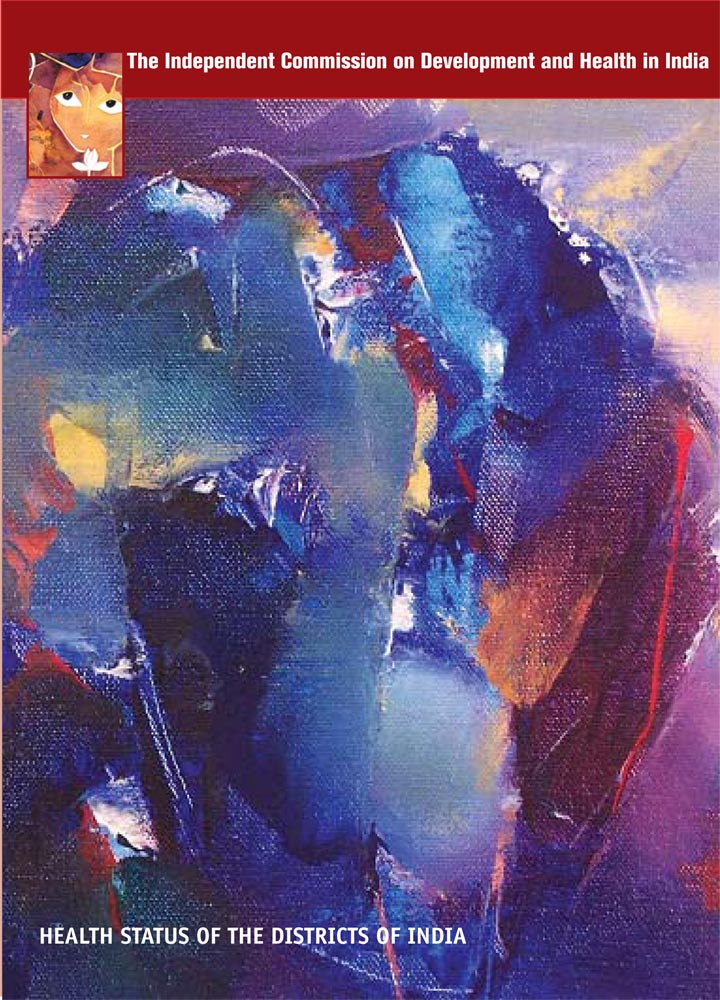Independent Commission on Development and Health in India every five years gives its report on the State of Health to the Prime Minister’s office, Ministry of Health and Family Welfare, Planning Commission, amongst others. The third report of the Commission is focusing on Governance and Financing of Health Care in India, Review of National Rural Health Mission and Mainstreaming of AYUSH system. The Commission felt as a backdrop, we must do a thorough district wise analysis of the state of health of the nation.
Prof. Ashish Bose, distinguished demographer and a member of the Commission, who has done a similar study in the recent past, was given this prodigious task of conducting an in-depth
analysis of the Health Situation in India. Prof. Ashish Bose and his research team undertook this massive exercise and conducted an in-depth decentralized analysis of India’s primary health care delivery system at the district level and present each district with a colour code in the maps of the respective state so as to enable the policy makers, parliamentarians to identify immediately the degree of vulnerability of the districts.
On the basis of his unique methodology, the senior researcher has identified each district in each state on the basis of infrastructure,
staff and supply (SIS index) and performance as measured by the five indicators (given later). The data sources for this massive exercise have been, Facility Survey of RCH, DLHS (District Level Household Survey (2002-04) and Facility Survey (2003), Summary Report, (IIPS).
Analyzing the inter-state variations in the health status in India, the present study argues that the improvement in health status is an outcome of better Governance besides the provision of adequate infrastructure. Health status is thus not simply a process of linear progression in various sectors, independent of one another, but an interdependent and integrated process. The focus of study is on the degree of association between various health performance and infrastructure indices which need to be looked together to clearly identify the degree of vulnerability of the districts because sometimes it is really worrying, that inspite of investment in infrastructure, they are virtually non-performing; pointing towards bad governance of the health care.
This study has stopped short of providing solutions to the planners but it does indicate the malfunctioning of the healthcare system in a majority of districts in the country. It sees that building health systems that are responsive to community needs, particularly for the poor, requires politically difficult and administratively demanding choices. Health is a priority goal in its
own right, as well as a central input into economic development and poverty reduction. This study describes the status of the health system, discusses critical areas of management concerns, suggests health sector reform measures, and concludes by identifying the roles and responsibilities of various stakeholders for building health systems that are responsive to the community needs, particularly for the poor.

